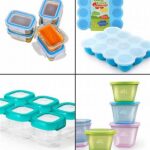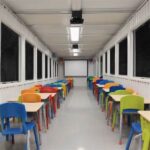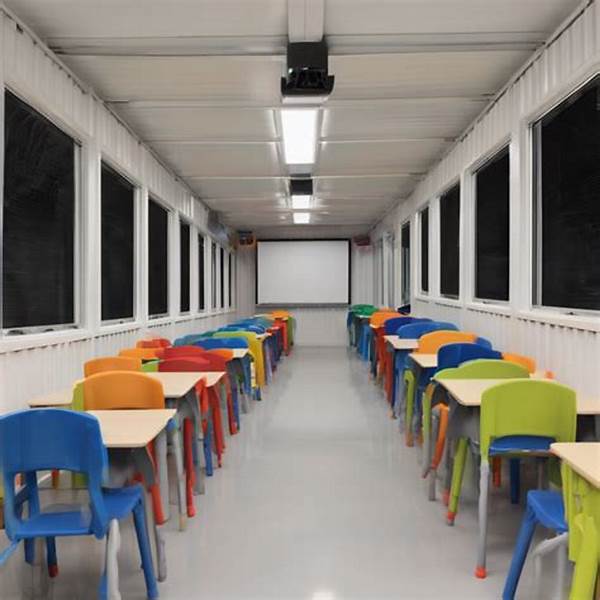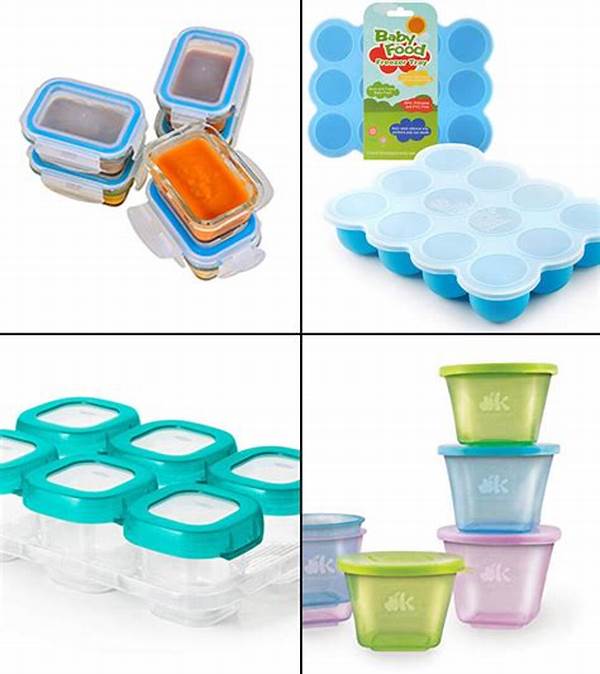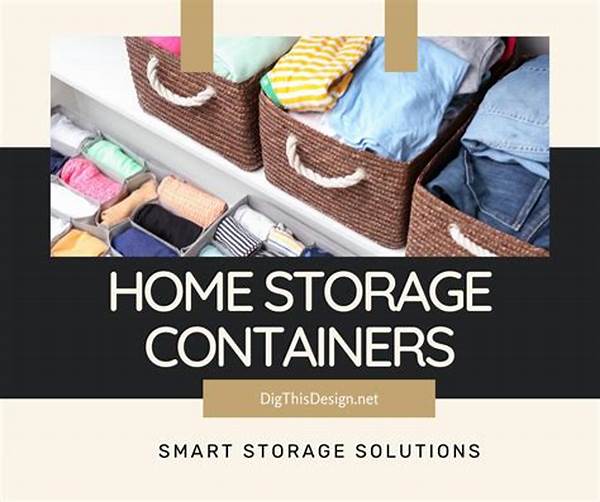Imagine a world where education is a universal right, where children from even the most remote villages have access to quality learning environments. Yet, this is not always the case. Many remote areas lack the infrastructure to host proper educational facilities. Enter the innovative concept of shipping containers as modular classrooms. This creative solution offers a transformative experience, turning seemingly mundane containers into vibrant educational environments. It’s a story of resourcefulness and creativity, packed in corrugated steel, ready to transport not only goods but the very essence of knowledge and opportunity.
Read More : Rust-resistant Waste Containers
Now, why would anyone consider using shipping containers as classrooms? The intrigue lies in their potential for impact and their unique selling point. Shipping containers provide a cost-effective, flexible, and sustainable solution, grabbing attention with the prospects of reimagining education delivery. Those metal boxes, often seen stacked high at ports, evoke interest as we unveil their secret life as educational powerhouses. Desires grow as we envision students sitting in these clean, modern, and equipped classrooms, far from the disruption of traditional builds. Actions become imperative for communities embarking on these transformative journeys, leveraging the easily transportable, quickly deployable marvels of ingenuity.
The Magic of Shipping Containers
Shipping containers as modular classrooms are no mere fantasy. Their strength lies in practicality and adaptability. These sturdy metal structures can endure harsh climates, protecting precious minds and eager learners inside. In a feat of creative recycling, they become dynamic spaces for children to explore new ideas, thanks to their inherent versatility.
So, you ask, how do they transform from chilly, uninviting boxes into warm, engaging classrooms? The magic is in customization. With some clever design work, these containers are outfitted with insulation, windows, and functional furniture. Smart technology such as solar panels can power air conditioning units, lighting, and even digital learning tools, making them not only sustainable but futuristic.
Advantages of Modular Classrooms
Sustainability and Cost-Effectiveness
Modular classrooms repurposed from shipping containers are marvels of sustainability. Opting for these upcycled structures reduces waste and carbon footprint. Additionally, the costs dramatically undercut traditional construction, allowing more schools to densely populate educationally starved zones.
Mobilizing a container-based classroom involves a fraction of the time and paperwork, promising an alluring prospect for government and NGOs eager to expedite education delivery.
Flexibility and Portability
Customizing and moving these structures reveals another advatnage: flexibility. One day a container may serve as a bustling science lab, and the next, a quiet library. Their portability allows relocation according to demographic shifts and local needs, ensuring that classrooms are always in the right place at the right time.
The ability to react swiftly to educational demands is a game changer, fulfilling educational gaps no matter how remote or rugged the village terrain may be.
Real-World Impacts
Communities embracing these container classrooms see remarkable transformations. Children once meeting outdoors, exposed to the elements, now enjoy stable environments conducive to discovery and concentration. The positive ripple extends beyond individual students to entire communities, fostering hope and collective pride.
Imagine school days filled with laughter and learning. Students walk into bright spaces bursting with potential, their dreams nurtured and futures redefined through something as humble as a shipping container.
Implementing the Solution
Steps to Start Your Own Container Classroom
1. Assessment of Needs: Understand the specific educational needs and challenges faced by your target community.
2. Partnerships for Success: Collaborate with local governments, NGOs, and private investors to secure funding and resources.
Read More : Plastic Food Containers Microwave Safe Best Selling 2025
3. Design and Customize: Work with architects and builders to design a layout tailored to educational purposes, ensuring insulation, lighting, and ventilation meet the best standards.
4. Transport and Assembly: Use existing logistics chains for transport, reducing costs and ensuring swift delivery.
5. Ongoing Support: Implement a plan for regular maintenance and upgrades, ensuring the classroom remains in prime condition.
Each point above underscores the effective and empathetic approach needed to make these projects successful stories of empowerment and innovation.
Challenges and Mitigation
While the solution brims with potential, challenges such as transport logistics, resistant attitudes, and maintenance need addressing. By highlighting success stories and fostering community ownership, these hurdles become opportunities for community growth and cohesion.
In Summary
Shipping containers as modular classrooms paint a picture of progress, providing life-changing educational infrastructure to those who need it most. They showcase a fusion of engineering and empathy, ensuring that distance and geography no longer limit the potential of young minds.
This modern-day architectural alchemy points to a future where even the furthest flung parts of the globe bask in educational equity, changing the narrative from isolation to integration.
Embrace the Possibilities
With every container transformed, a remote village gains a hub of knowledge. Clients and stakeholders considering this initiative are not just investing in infrastructure; they’re championing a cause that refines and reinvigorates global education.
The humor in the simplicity of shipping containers belies their profound impact, where the mundane box morphs into a bastion of learning and inspiration. Let’s take action and embrace the possibilities, paving pathways in the relentless pursuit of wisdom and empowerment for every child, no matter their latitude or longitude.
